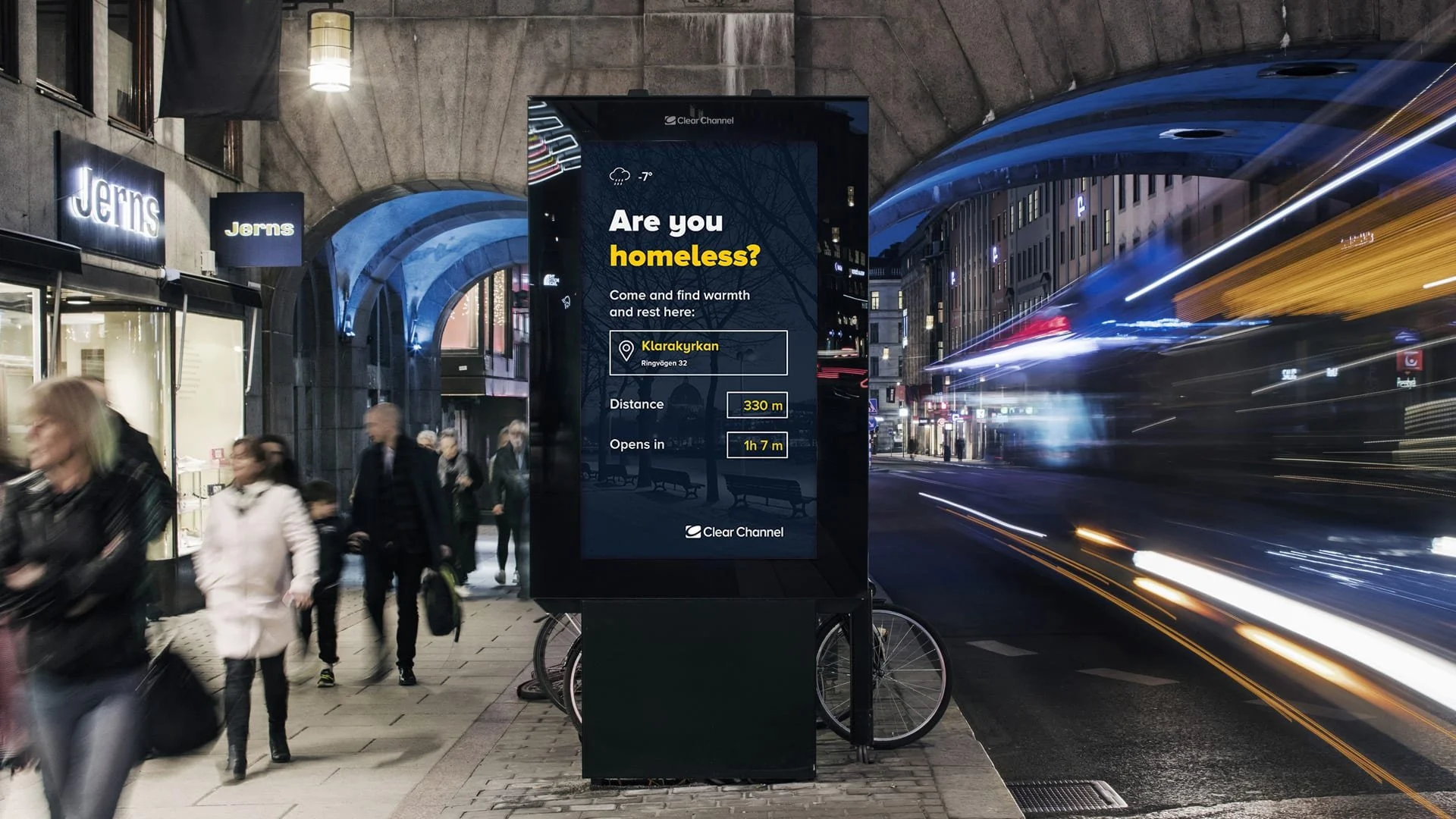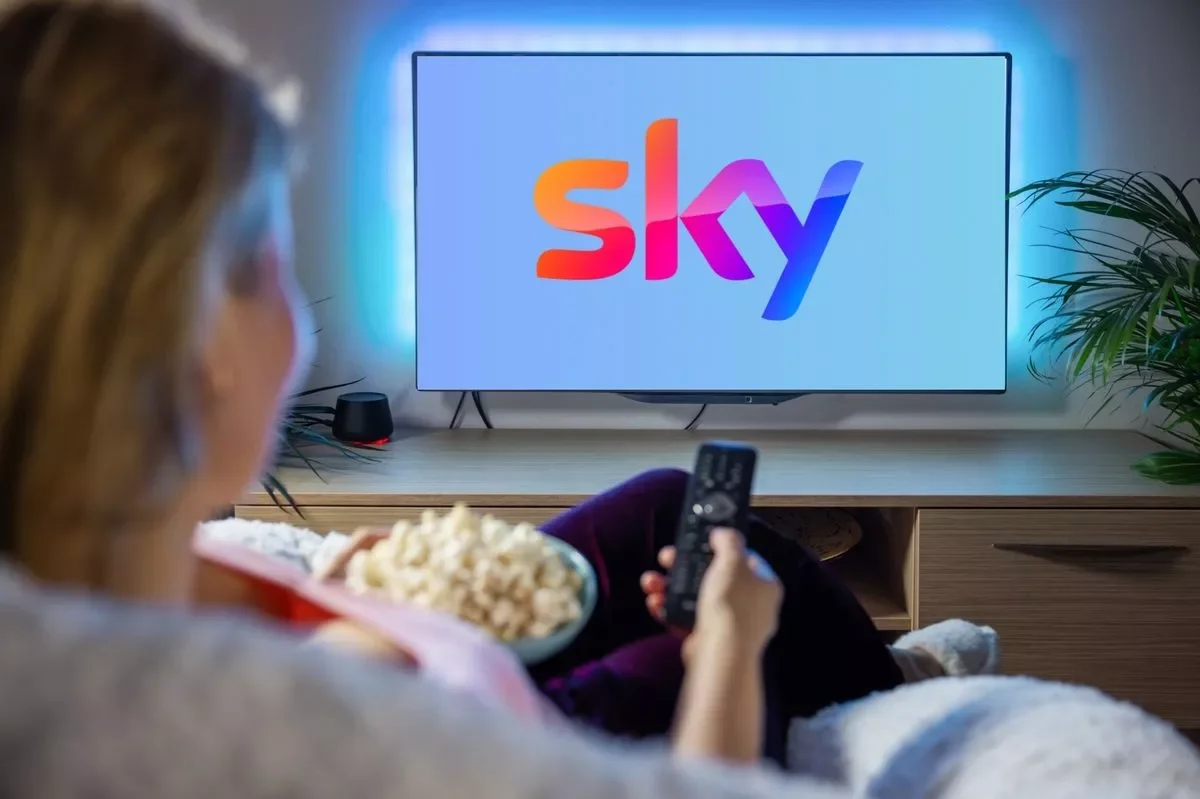The Ultimate Guide to OOH Advertising
OOH Advertising
Key Takeaways
OOH is evolving, not fading – far from being outdated, modern OOH is digital, data-driven, interactive and integrated with online campaigns.
It delivers scale and trust – billboards, transport ads and DOOH formats provide unmissable impact and brand legitimacy in public spaces.
OOH is now measurable and creative – programmatic buying, mobility data, and experiential builds make it both accountable and culturally powerful.
Introduction: Why OOH Still Matters
In the digital age, where algorithms, cookies and endless social feeds dominate marketing conversations, it’s easy to assume that out-of-home (OOH) advertising is yesterday’s medium. But the reality is very different.
OOH has never been more powerful. From towering billboards on motorways and cross-track screens on the London Underground, to dynamic digital displays in shopping centres and experiential activations on high streets, OOH delivers one thing few channels can: unmissable impact in the real world.
OOH is evolving fast. It is no longer just about static posters and media plans with long lead times. Today’s OOH is digital, data-driven, interactive and increasingly integrated with experiential and online campaigns.
This guide explores everything you need to know about OOH advertising in 2025 — from the basics to the cutting edge — and how brands can harness it to create real connections.
What is OOH Advertising?
OOH advertising refers to any form of paid media placed outside of the home. It encompasses a wide variety of formats, locations and experiences. Broadly, OOH can be divided into:
Classic OOH (Traditional) – Posters, billboards, bus sides, train panels, phone kiosks.
Digital OOH (DOOH) – Digital billboards, in-mall screens, digital bus shelters, large LED screens, programmatic OOH placements.
Transit OOH – Ad placements across buses, taxis, underground trains, airports, rail stations.
Experiential OOH – Live activations, pop-ups, branded installations, augmented reality experiences in public spaces.
OOH is defined by visibility in public and semi-public spaces. Unlike other media, it cannot be skipped, scrolled past or blocked.
Why OOH Works
1. Scale and Visibility
OOH provides reach that is impossible to ignore. Whether it’s a 96-sheet billboard on a motorway or a wrapped tram in a city centre, OOH dominates environments where people are commuting, shopping, travelling or relaxing.
2. Trust and Legitimacy
Consumers still perceive OOH as a trusted medium. A brand that invests in billboards signals scale, confidence and credibility. For new entrants or digital-only businesses, OOH provides tangible proof they have “arrived.”
3. Creative Impact
OOH thrives on bold, simple, striking creative. It is a canvas for memorable visuals and snappy copy that stick in the mind. Digital OOH also enables motion, animation and dynamic creative based on weather, time of day or location.
4. Integration with Digital
Modern OOH is not separate from digital — it enhances it. QR codes, NFC tags, shoppable links, retargeting based on location data, and social amplification (think of all those viral “did you see that billboard?” posts) make OOH a bridge between physical and digital channels.
5. Targeting Precision
With advances in data and programmatic OOH, advertisers can now target by audience movement, demographics, even live triggers like weather or sports scores. OOH is no longer just mass; it can be highly relevant.
Types of OOH Formats
Classic Posters and Billboards
The backbone of OOH. Formats range from 6-sheets (small posters at bus stops) to 48-sheets and 96-sheets (large roadside billboards). Best for reach, brand awareness, and strong visuals.
Transport Media
Bus sides and rears – High frequency in urban areas.
Taxi wraps – Premium inventory, often in central districts.
Train panels – Captive commuter audiences.
Airports – High dwell times and affluent audiences.
Street Furniture
Ads on bus shelters, phone boxes, digital kiosks. Great for local and neighbourhood targeting, often close to point of sale.
Place-Based OOH
Screens or posters inside malls, gyms, cinemas, stadiums, universities. Contextual placements reaching audiences in specific mindsets.
Digital OOH (DOOH)
Dynamic displays that allow flexible buying (sometimes programmatic), real-time creative, video and interactive campaigns.
Experiential OOH
Live activations or installations designed to immerse people in the brand. This can range from sampling stands to large-scale immersive builds and AR-driven experiences.
Creative Best Practices in OOH
OOH is a unique creative discipline. What works on Instagram doesn’t necessarily work on a 48-sheet.
Simplicity is key – Viewers often have seconds to absorb the message.
Bold visuals – Strong images or brand colours dominate.
Short copy – Fewer than seven words is a common rule of thumb.
Location context – Tailor creative to the placement (“Stuck in traffic? Download our app now.”).
Digital dynamics – With DOOH, consider time-based or trigger-based copy: “Rainy today? Warm up with our coffee.”
Creative that surprises, delights or entertains often ends up amplified on social media, extending reach far beyond the physical site.
The Rise of DOOH
Digital OOH is the fastest-growing segment. It brings flexibility and responsiveness to a traditionally rigid medium.
Programmatic buying – Advertisers can buy DOOH inventory in real time, targeting audiences by movement patterns or behaviours.
Dynamic creative – Ads can change depending on weather, sports results, traffic, or even stock levels.
Video capability – Animated or moving creative stands out.
Measurement – DOOH provides better data on impressions, dwell times, and interaction.
DOOH transforms OOH into a more agile, data-driven channel that can compete with digital platforms while still delivering scale and impact.
Experiential OOH: The Power of Participation
Experiential advertising has become one of the most exciting frontiers of OOH. It’s not just about being seen — it’s about being experienced.
What is Experiential OOH?
Experiential OOH involves creating real-world, immersive brand experiences in public spaces. These campaigns invite audiences to stop, interact, and share. They blur the lines between advertising, entertainment and culture.
Examples
Pop-ups – A coffee brand installing free barista stands in busy train stations.
Special builds – A billboard that dispenses samples, lights up, or reacts to passers-by.
Augmented reality activations – Digital screens allowing users to interact with 3D virtual objects via their phones.
Events and stunts – Public spectacles that generate PR and social buzz (flash mobs, live concerts, immersive installations).
Why It Works
Experiential OOH creates memorability. It generates not just impressions but emotions. It encourages social sharing, turning local events into global awareness. And it positions brands as culturally relevant and bold.
Measuring OOH Effectiveness
Measurement has traditionally been OOH’s weakness. But new technology is changing that.
Footfall and mobility data – Using anonymised smartphone location data to measure audience exposure and visits to stores.
Attribution studies – Linking OOH exposure with online behaviour, such as website visits or search spikes.
Surveys and brand studies – Measuring awareness, recall and brand perception.
Interactive features – QR codes, NFC, shoppable links provide direct response metrics.
Today, OOH can be measured with almost the same granularity as digital campaigns — and when combined with econometric modelling, its ROI is consistently strong.
How OOH Fits Into the Media Mix
OOH works best as part of an integrated strategy.
Amplifying digital – Large OOH placements create fame and trust, which then supports performance channels like paid search or social retargeting.
Driving online behaviour – OOH sparks search, app downloads, and website visits.
Supporting local activations – Hyper-local OOH directs consumers to nearby stores, events or restaurants.
Content for social – Bold OOH creative becomes content in itself, fuelling social engagement.
Brands that treat OOH as both a broadcast and a digital-linked channel get the best results.
Challenges and Considerations
Cost – Premium inventory is expensive, but smaller formats can still deliver strong ROI.
Lead times – While DOOH is flexible, some classic OOH formats still require weeks of planning.
Creative limitations – OOH demands specific creative discipline; digital ads don’t simply “port” across.
Saturation – In major cities, clutter can reduce stand-out. Smart placement and creativity are critical.
Sustainability – From materials to energy use, brands should consider greener options and communicate these efforts.
The Future of OOH
Looking ahead, OOH will continue to merge physical and digital, delivering both scale and precision.
AI-driven targeting – Smarter programmatic DOOH buying based on predictive data.
Interactive and shoppable OOH – Screens enabling tap-to-buy experiences.
Green OOH – More sustainable builds, living billboards, renewable energy-powered displays.
Experiential integration – OOH as cultural events rather than just media slots.
Cross-media attribution – Stronger links proving OOH’s role in driving online sales and brand equity.
OOH will be central to omnichannel strategies, offering real-world visibility while seamlessly integrating with digital.
Final Word
Out-of-home advertising has never been more relevant. Far from being a relic of the pre-digital world, OOH is now dynamic, measurable, experiential and integrated with every other channel.
From the dominance of DOOH to the creativity of experiential activations, OOH provides scale, trust and memorability unmatched by almost any other medium.
For brands, the opportunity is clear: embrace OOH not just as media space, but as a canvas for culture, creativity and connection.
Whether you’re launching a start-up, building global fame, or creating unforgettable brand experiences, OOH remains one of the most powerful tools in the advertiser’s arsenal.
The streets, stations and screens of the world are waiting. The question is — what will your brand put there?
To learn more about OOH Advertising, get in contact today.












